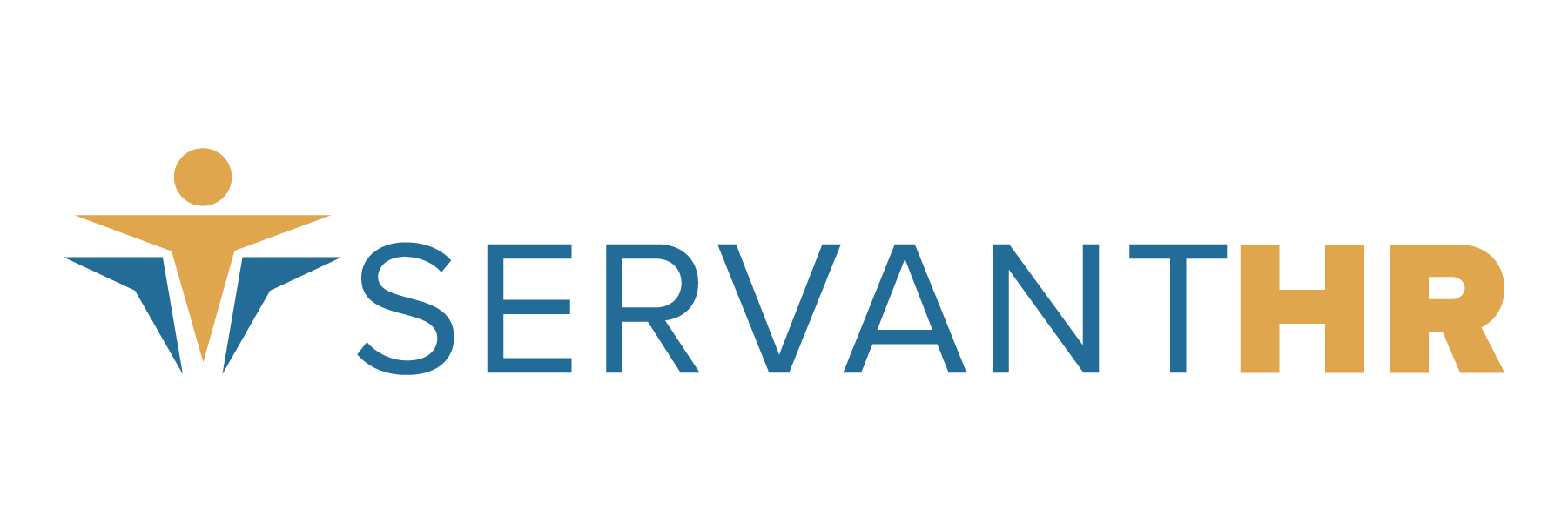By Loren Elms, CPP, Payroll Administrator
Have you ever wondered why we pay federal income tax? It might surprise you to learn that the U.S. government once relied mainly on customs taxes as its primary source of income. It was actually the enormous cost of the Civil War (1861-1865) that led to the establishment of the first federal income tax.
Several years later, in 1942, a “pay-as-you-go” income tax system was developed to ensure that everyone paid their appropriate taxes. This system is still in place today, as employers continue to be responsible for withholding a percentage of your paycheck for federal taxes. The amount withheld is based on several factors that you report using Form W-4:
• Your marital status – single or married (If you´re married, you can opt to withhold at the higher single rate.)
• The number of withholding allowances you claim. (Allowances determine how much money will be “ignored” when calculating your tax withholding.)
• Any additional fixed dollar amount you would like withheld from each paycheck.
The more allowances entered on your W-4 form, the less income tax the government withholds from your pay. This increases your take-home pay. However, if you have too little taken out, you’ll owe money to the government when you file your annual tax return. If you have too much withheld, you’ll get a refund. Although getting a large refund may seem like a good thing, it basically means you’ve given the government what amounts to an interest-free loan throughout the year.
You may want to review your withholding amount if any of the following is true:
• You had a big refund last year
• You owed more money last year than you could comfortably pay
• You had a life or financial situation change that affects the number of allowances you can claim or the amount of tax you will eventually owe (e.g., marriage, birth of a child, purchase of a home). You have 10 days after the event to file a new Form W-4 with your employer.
Most tax experts agree that the best course of action is to adjust your withholding so that your tax payments will equal your actual tax liability for the year. Worksheets are included with Form W-4 to help you figure out what changes you should make to your withholding amount. You may also find related IRS publications useful: Publication 505 (“Tax Withholding and Estimated Tax”) and Publication 919 (“How Do I Adjust My Tax Withholding?”). These publications, as well as an interactive withholding allowance calculator, are available at www.irs.gov.
If you file a new W-4 with your employer and end up with a bit more cash each paycheck, don’t automatically spend it. Consider opening an account where that extra money will earn you, and not the federal government, interest.




